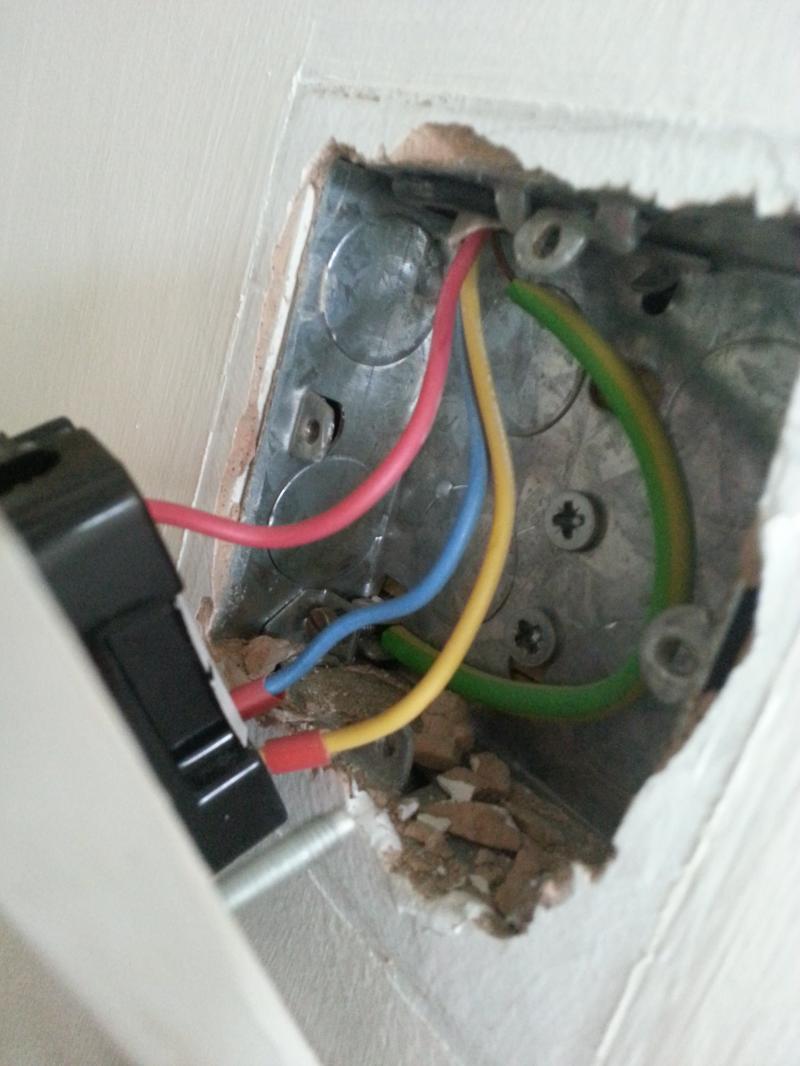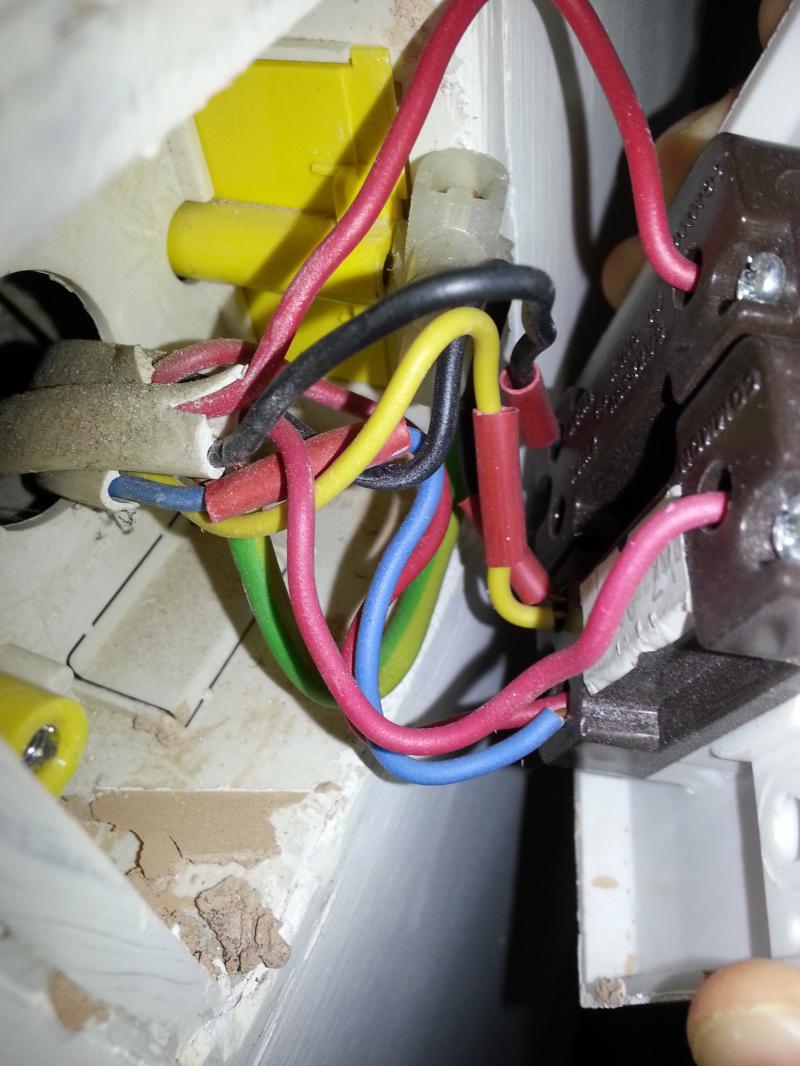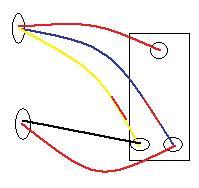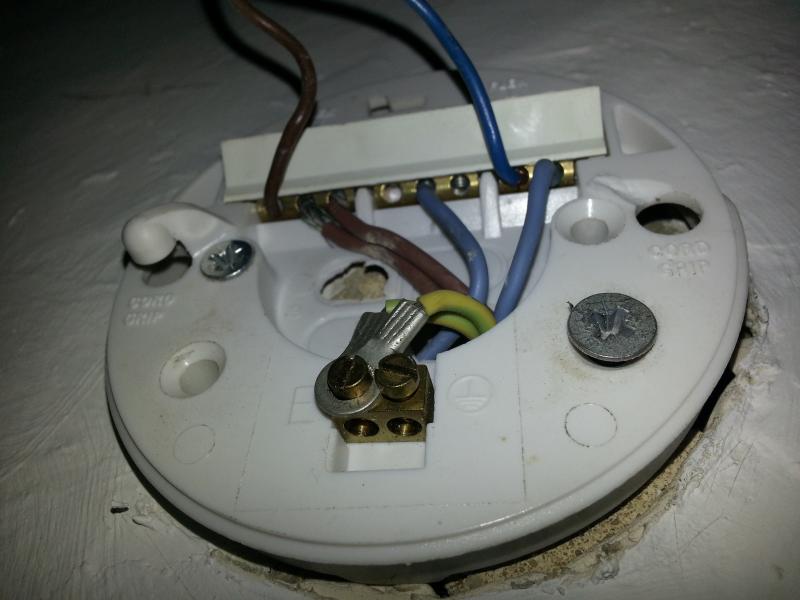I am trying to replace a ceiling rose, but the existing wiring doesn't match my expectation, nor any diagrams I can find to explain it. It is a single pendant controlled by 2 switches. Image of the rose:
https://www.dropbox.com/s/xr5sfeslrt1xehz/IMG_20150224_204329.jpg?dl=0
My current thinking is this must be wired to a junction box with just one of the cables, but then slightly concerning where the broken circuit goes to?
Thanks in advance.
https://www.dropbox.com/s/xr5sfeslrt1xehz/IMG_20150224_204329.jpg?dl=0
My current thinking is this must be wired to a junction box with just one of the cables, but then slightly concerning where the broken circuit goes to?
Thanks in advance.







